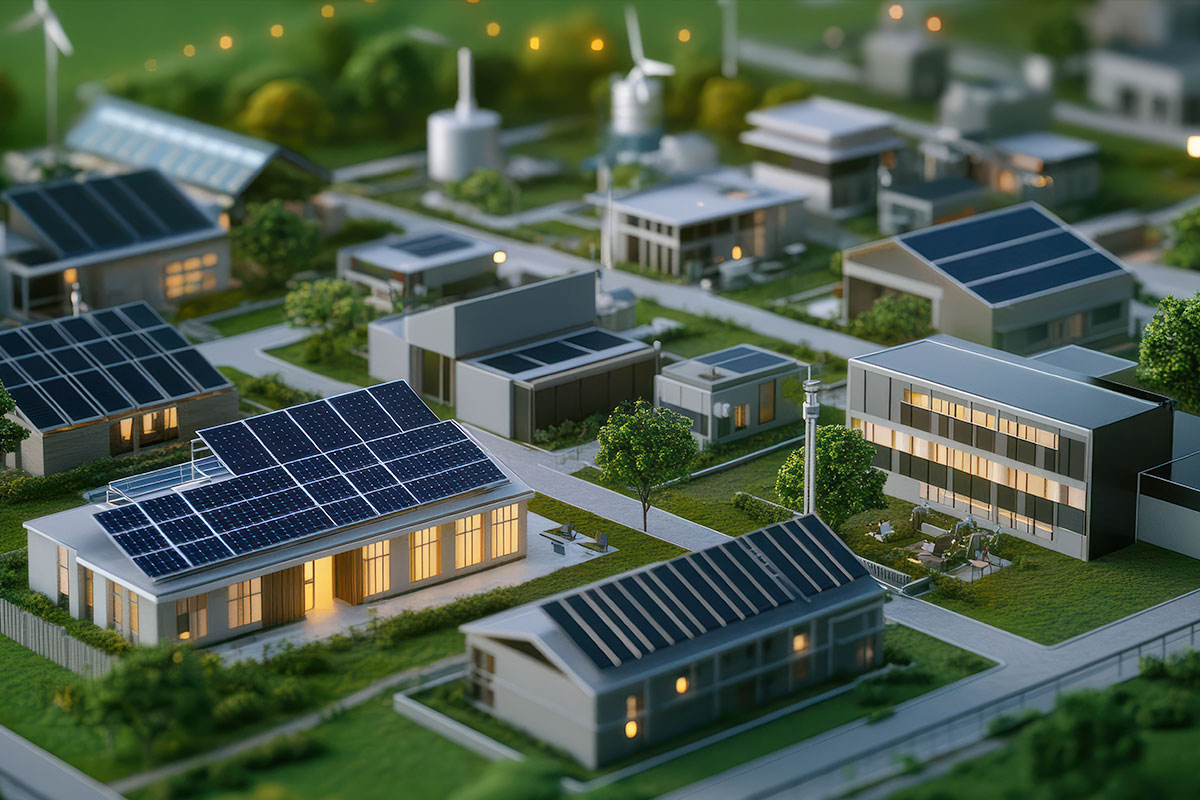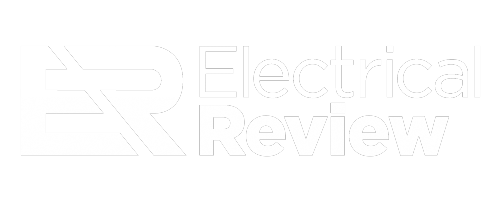Matteo Crespi, SVP Power Products, Europe Hub, Schneider Electric, argues that Europe’s slower adoption of distributed energy resources and microgrids is a crucial opportunity for organisations to enhance energy resilience and sustainability, as he explains.
The urgency to balance growing energy demands with global carbon reduction targets has never been greater. While Europe leads in reducing power sector emissions, its adoption of distributed energy resources and microgrids lags other regions like the US.
In an era of accelerating power demand, this gap highlights a critical opportunity for European organisations to accelerate the deployment of these technologies to enhance energy resilience and sustainability.
Electricity demand continues to accelerate
The need for sustainable energy solutions becomes particularly significant in light of the recent release of the IEA’s Electricity 2025 report, which forecasts global electricity demand to grow by 4% – or more than the total consumption of Japan – each year through 2027. In Europe, a potential increase of up to 7% annually is expected until 2030.
The surge in electricity demand is being propelled by a multitude of factors, encompassing economic growth and technological advancements worldwide. In Europe specifically, data centres, heat pumps, and electric vehicles are the major factors driving demand.
More importantly, however, this projected increase not only intensifies the burden on an already overstretched utility grid but also heightens the risk of escalating reliance on fossil fuels.
The rise in electricity demand, coupled with an increase in extreme weather events and sustainability efforts, is putting pressure on companies across industries to find innovative ways to decarbonise operations without facing potential downtime.
To enhance energy utilisation amidst rising demands, organisations must embrace advanced sustainable solutions to propel their journey towards achieving net-zero objectives.
Enhancing energy efficiency with distributed energy resources
As organisations confront mounting power demands and the escalating pressures to minimise their carbon footprint, it’s becoming clear that relying solely on traditional energy systems is no longer sufficient. Therefore, the integration of distributed energy resources offers a promising sustainable solution to address the challenges posed by fluctuating power demand and grid instability.
Distributed energy resources encompass various solutions such as solar panels, wind turbines, and energy storage systems, offering an alternative power source that complements traditional centralised generation facilities.
During peak periods, distributed energy resources can alleviate strain on the grid by supplying additional electricity, thereby reducing the need to rely solely on fossil fuel-based power plants.
Furthermore, strategically deploying distributed energy resources to localised areas enhances grid resilience, minimises transmission losses, and mitigates the risk of cascading outages.
The deployment of distributed energy resources also enables greater flexibility in managing energy supply and demand.
For example, pairing energy storage systems with renewable generation sources enables the storage of excess energy during low-demand periods and its release during peak periods, thereby stabilising fluctuations in power supply and demand. In fact, with a strong and effective implementation plan in place, deploying distributed energy resources could yield a 50% reduction in the localised cost of electricity.
Overall, distributed energy resources present a sustainable solution that not only supports the reliability and stability of energy markets but also accelerates the transition towards a cleaner and more sustainable energy future.
What role do microgrids play in our energy independent future?
For organisations aiming to optimise their energy utilisation, microgrids have emerged as a transformative sustainable solution worth exploring. Microgrids enable the integration of renewable energy sources, such as solar and wind power, at a local level.
By generating clean energy on-site, microgrids reduce dependence on fossil fuels and decrease carbon emissions. This is achieved through the generation of renewable electricity within the microgrid’s localised infrastructure, thereby minimising the need for traditional energy derived from fossil fuels.
Additionally, microgrids leverage various controllers and sensors distributed across their infrastructure. This enables microgrids to forecast periods of heightened energy demand accurately. By leveraging this predictive capability, microgrids can adjust power distribution in real-time to match demand fluctuations. This approach ensures grid stability, enhancing reliability and resilience in the face of changing energy needs
Beyond providing sustainable power, microgrids also offer the ability for organisations to give power back to communities. Unlike traditional electrical distribution networks, which can be vulnerable to interruptions and blackouts during natural disasters or system failures, microgrids serve as a resilient, localised power source.
In times of crisis, such as severe weather events or grid failures, microgrids can seamlessly supply electricity to critical facilities, ensuring communities remain powered and connected even when larger grids fail.
Sustainability and digitisation go hand-in-hand
Most importantly, as organisations face a surge in electricity demand, the integration of digital technologies is becoming increasingly crucial for them to adopt.
Today’s digital advancements offer a wealth of opportunities to unlock new efficiencies, enhance resiliency, and strengthen sustainability efforts – all critical components of achieving net zero goals. In fact, organisations that integrate digital and sustainable transformations into their operations and value chains are 2.5 times more likely to emerge as top-performing businesses than those who don’t.
However, many organisations encounter barriers in their quest for net zero progress, often stemming from a lack of education on the digital tools necessary for effectively implementing sustainable solutions. Take, for instance, the deployment of microgrids, which heavily relies on advanced digital technologies for optimal utilisation. These advanced digital solutions encompass a wide range of functionalities, including real-time monitoring, predictive analytics, and automated control systems, which are essential for optimising microgrid performance and ensuring grid stability.
Effective implementation of microgrid technology relies on robust data management platforms, secure communication networks, and advanced energy management software. These components facilitate seamless integration of microgrids with existing infrastructure and enable dynamic responses to fluctuating energy demands, ultimately maximizing energy efficiency and sustainability.
Easily accessible and adoptable solutions
Overall, as the world grapples with the urgent need to reduce carbon emissions and transitions towards sustainable energy sources, the vital need for organisations to adopt innovative solutions like distributed energy resources, microgrids, and the accompanying digital technologies, has never been greater.
Fortunately, these sustainable energy solutions are readily accessible and easy to adopt for organisations.
The modular nature of distributed energy resources allows organisations to initiate small-scale deployments and expand gradually based on their requirements and resources. Whether it involves the installation of solar panels on rooftops or the integration of energy storage systems, organisations can seamlessly incorporate distributed energy resources into their infrastructure without significant disruption.
Additionally, microgrids offer a plug-and-play solution that can be customised to meet specific organisational needs. Thanks to advancements in digital technologies, the deployment and management of distributed energy resources and microgrids have become more intuitive and user-friendly. Automated control systems, real-time monitoring, and predictive analytics streamline the operation and optimisation of these systems, alleviating the burden on organisational resources.
Lastly, the declining costs of renewable energy technologies make distributed energy resources and microgrids increasingly cost-effective compared to traditional energy sources.
Preparing for a sustainable future
The imperative for organisations to adopt digital energy solutions had never been more critical. By integrating distributed energy resources and microgrids, organisations can optimise their energy usage, reduce reliance on fossil fuels, and contribute to a cleaner, more sustainable future.
As Europe and the rest of the world grapple with the urgent need to transition towards sustainable energy sources, the adoption of these solutions is essential for achieving net zero objectives and driving sustainable transformation.


